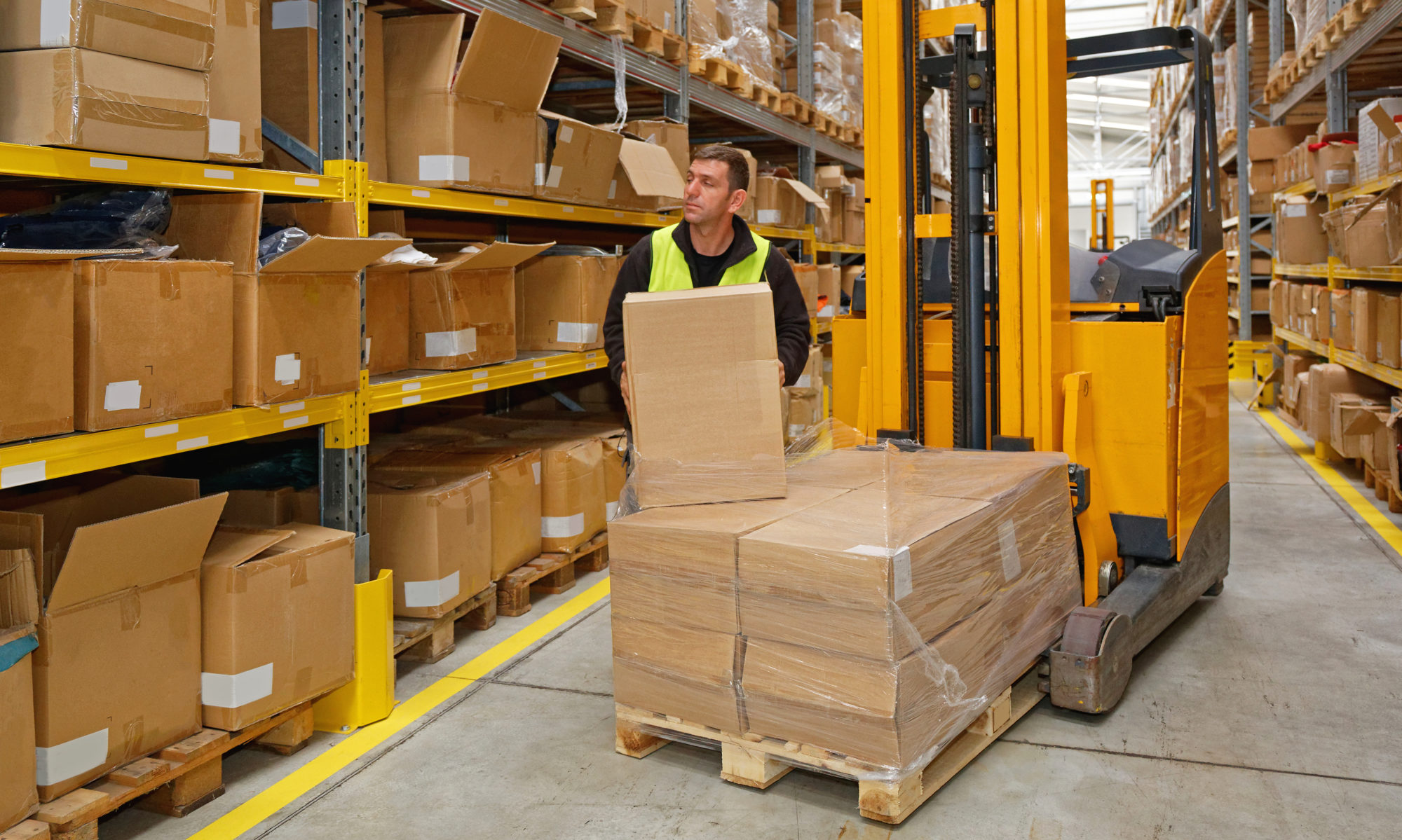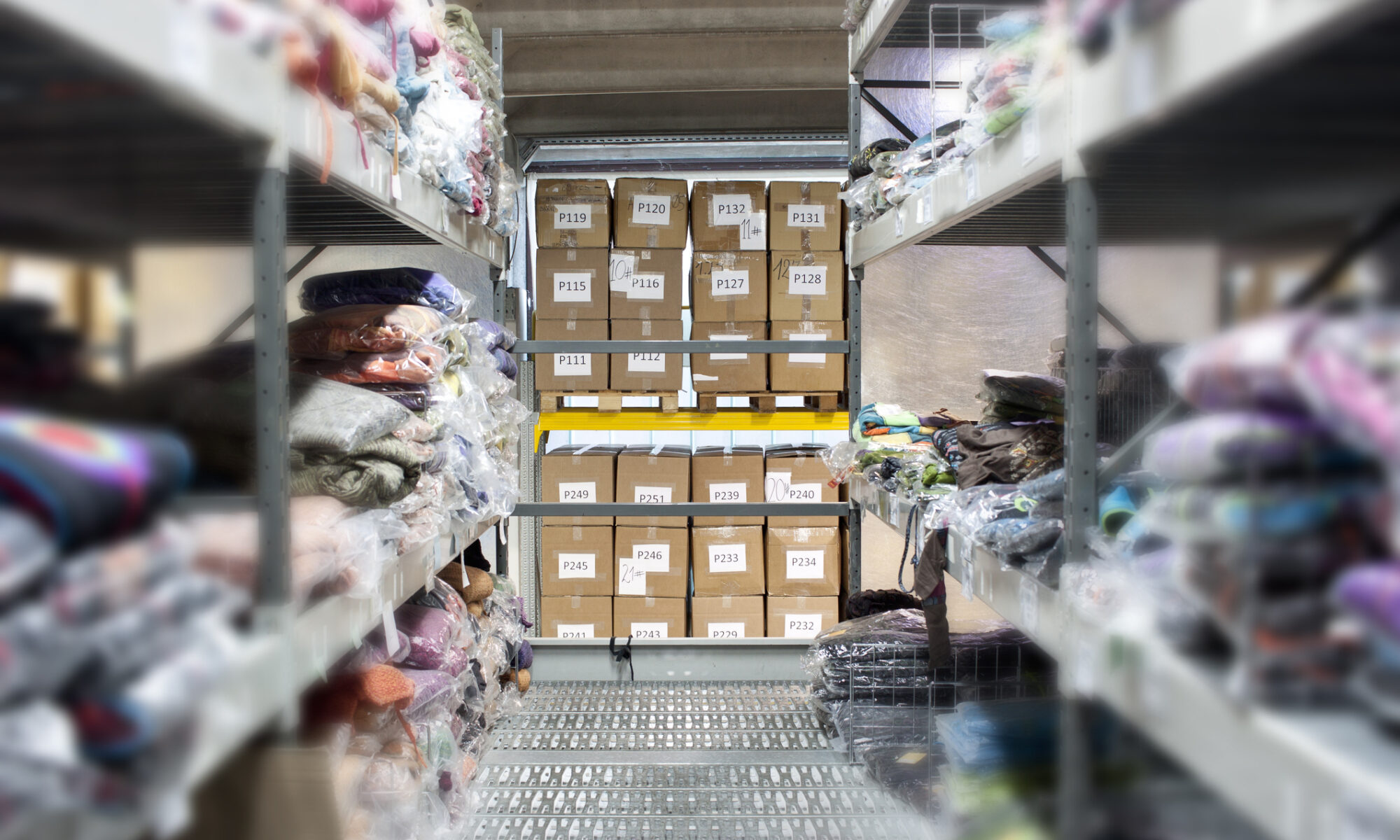Are you an entrepreneur considering an online apparel business? Maybe you’ve already taken the plunge. In either case, you’re learning that apparel sales have their own unique challenges. Consider these compelling reasons why partnering with an experienced fulfillment company can be the key to success.
What Makes Online Apparel Sales Different?
On the surface, it might appear that online selling has the same basic principles regardless of the products, that’s true only to a point. Apparel sales have to take into account certain factors that don’t apply to other categories.
- No matter what type of apparel you’re selling, it will involve a wide range of styles, colors, and sizes. As a result, you must be prepared to offer and maintain a larger number of SKUs than most companies.
- Apparel has historically been sold on a “try before you buy” basis. Without the aid of fitting rooms, online apparel stores have to accommodate a greater volume of returns and exchanges.
Why You Need an Experienced Fulfillment Company
1. Faster and less expensive shipping
Savvy consumers expect quick delivery at a low cost. Good fulfillment companies have solid relationships with a number of shippers, which means you get the advantage of preferential rates.
2. High-tech inventory management
Don’t get lost in the maze of multiple SKUs and inventory tracking. Fulfillment warehouses use state-of-the-art technology to manage your inventory and deliver real-time numbers to your computer or device.
3. Efficient processing of returns and exchanges
Fulfillment companies have dedicated customer service teams who are trained to handle returns and exchanges smoothly and effectively, even during the holidays and other busy seasons.
Medallion Fulfillment & Logistics: Your Partner in Success
Spend time growing your apparel business instead of struggling with back-end issues. Contact us today to learn more about our fulfillment solutions.





